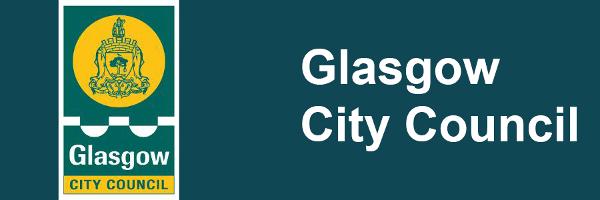Mid-Year Population Estimates 2022; Reflecting Census Details
Email (opens new window)Links
Overview
National Records of Scotland have produced a new set of mid-year population estimates for 2022, based on the census results from March of that year and updated to reflect changes in the three months leading to June 2022.
Population Increase
There was a modest increase in the population in Glasgow. The 2022 mid-year estimates have the population of Glasgow at 622,820, compared with the census estimate of 620,700, an overall increase of 2,120. As the increase in Scotland over the three month period was 11,100, Glasgow represented 19% the increase in Scotland.
Age Profile
In terms of age groups, the main increase In Glasgow was in the 25-44 age group; which rose by 2,505, and greater than the total population increase of 2,120. Overall in Scotland this age group increased by 5,129, which suggests that the increase in Glasgow was half the total increase in Scotland. Glasgow had a decrease of minus 1,015 in the 15-24 age group, and of minus 549 in the 45-64 age group.
The interest is also in the components of population change during the three month period, as they illustrate the population trends that have been current in Glasgow in previous years. During the three months there were 1,615 births and 1,805 deaths, showing a slight reduction in natural change of minus 190. However the main point is in the overall number of births on an annual basis, which is lower than it was thirty years ago; and which should by now be having an impact on the overall number of Glasgow's population.
Migration Trends
Migration trends are offsetting the decline in the number of births, as shown in the following table.
Table 1: Migration Trends To/From Glasgow, between March and June 2022
| To/From Rest of Scotland | To/From Rest of UK | To/From Non-UK Locations | Total |
|---|---|---|---|---|
Inflow | 3,770 | 1,470 | 4,840 | 10,080 |
Outflow | 5,310 | 1,410 | 970 | 7,690 |
Net Change | -1,530 | 60 | 3,870 | 2,390 |
Source: National Records of Scotland
The net migration increase of 2,390 was enough to offset the natural change of -190, and an additional reduction of -80 resulting from changes in the numbers of prisoners and people in the armed forces, leading to the overall increase of 2,120. The net migration increase from non-UK locations of 3,870 was 42% of the overall Scottish total of 9,300.
Data Analysis
The data shows that continues to be a trend for more people to leave Glasgow to go to the rest of Scotland, than to move in. Whilst the full details of migration origins and destinations are still to be made available, the likelihood is that many are from and to surrounding local authorities, an outcome of the local authority boundaries that bear little resemblance to the built-up area of the city. However this net outflow in turn was offset by moves in from the rest of the UK, and to a greater extent moves in from non-UK locations.
Although the data only represents a three month period in 2022, it does confirm a continuing increase in the young working age population, and in diversity as represented by inmigration from UK and non-UK locations. Once more detailed information from the 2022 census becomes available there will be clarification on these and other issues, such as where in Glasgow these changes are taking place, comparisons over time and with other areas, and suggestions as to how these trends might play out in the future.




